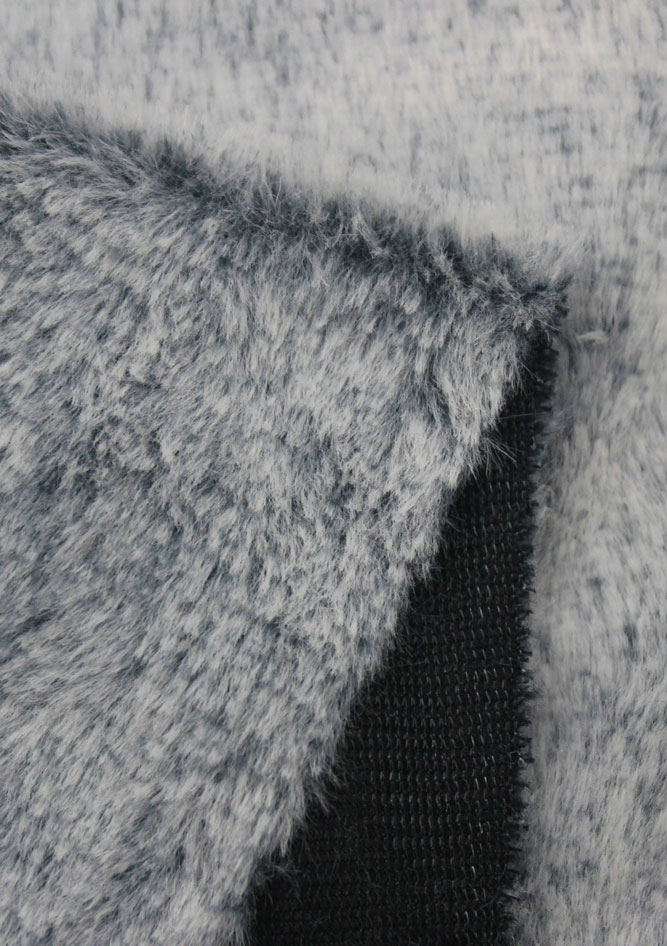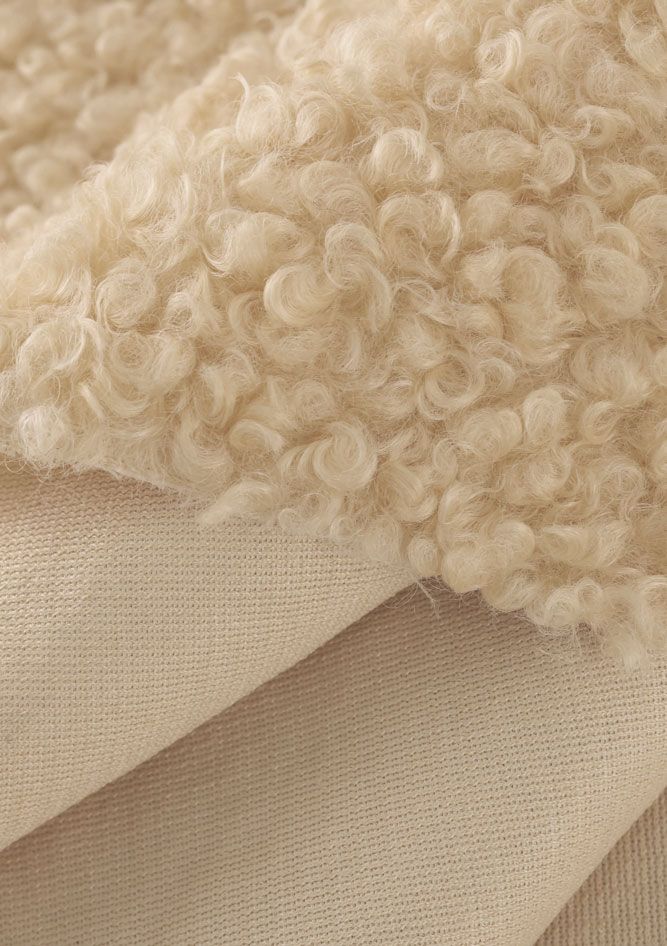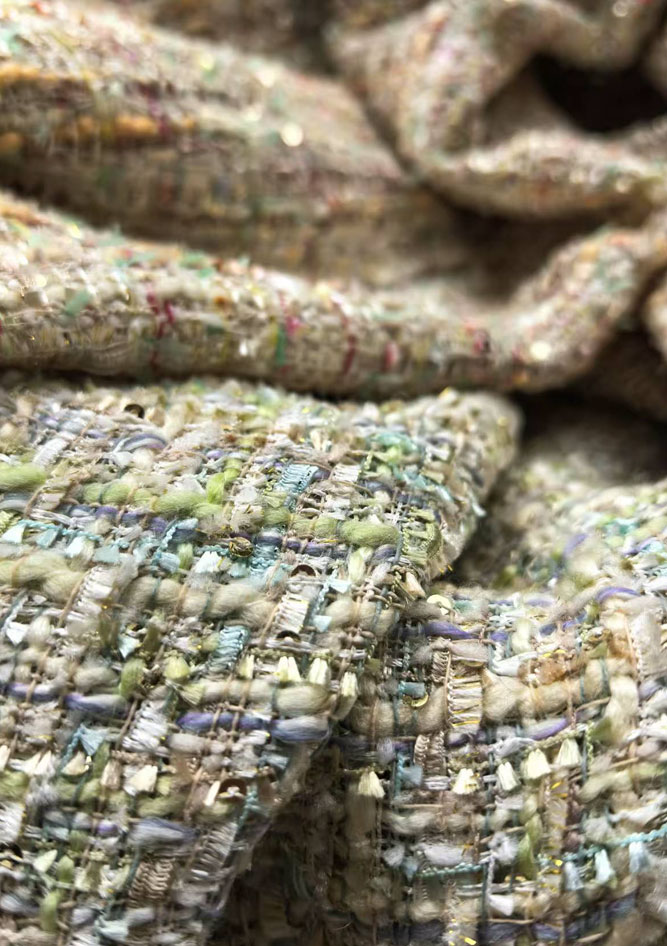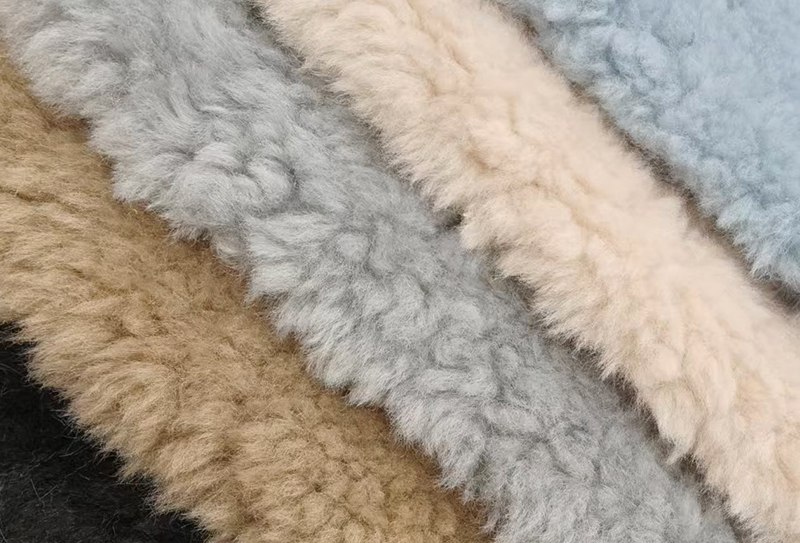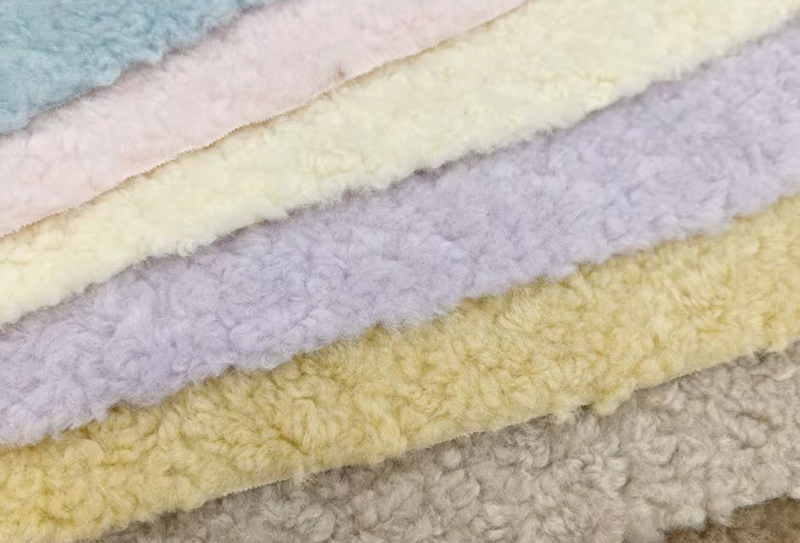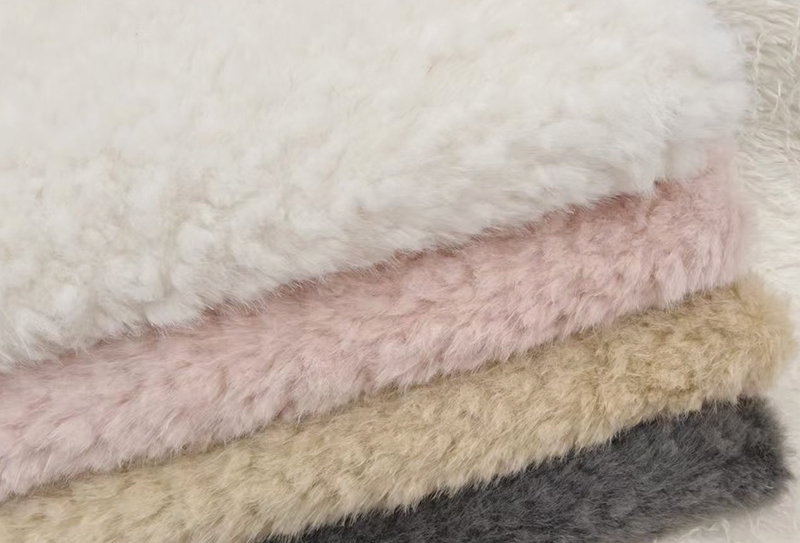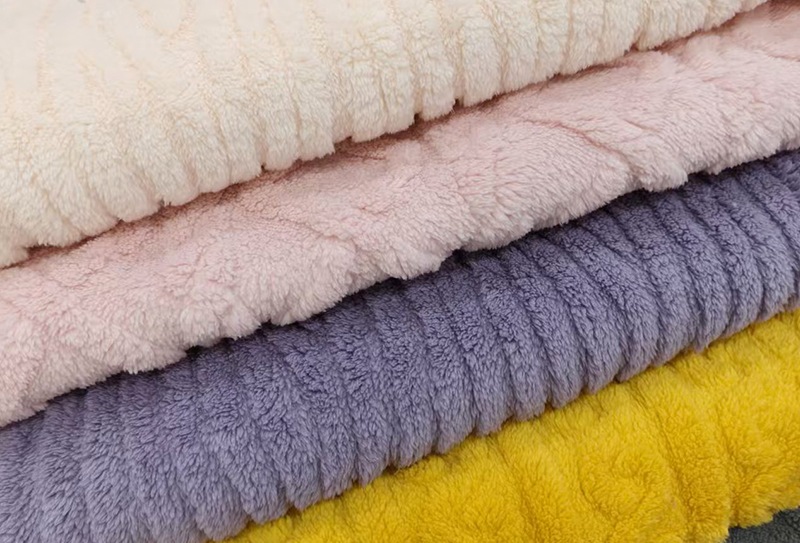The Rise of Conscious Consumerism in Fashion The fashion industry is undergoing a profound transformation as consumers increasingly prioritize ethical considerations in their purchasing decisions. This shift toward conscious consumerism has created an unprecedented demand for sustainable alternatives that don't comprom...
READ MOREOur Collections
Large Particles Plush Fabric Suppliers
Large Particles Plush Fabric
-
-
Understanding Short Plush Fabric and Its Key Characteristics Short plush fabric represents a specialized category within the broader plush textile family, characterized by its shorter pile height and distinct performance attributes. Unlike traditional plush fabrics that often feature longer, more luxurious fibers, shor...
READ MORE -
Unveiling the Unique Texture of Curly Particles Plush Fabric The world of textile innovation is continually evolving, introducing materials that redefine our expectations of comfort and style. Among these advancements, Curly Particles Plush Fabric has emerged as a standout, captivating designers and consumers alike wit...
READ MORE
Understanding Large Particles Plush Fabric: Composition, Texture, and Applications
Large particles plush fabric is a type of textile known for its distinctive raised surface featuring large, soft particle-like fibers. This unique texture gives the fabric a luxurious feel, excellent warmth, and an eye-catching appearance, making it highly sought after in fashion, home textiles, and upholstery.
Composition
Large particles plush fabric is typically made from synthetic fibers such as polyester, sometimes blended with cotton or other fibers for added softness and durability. The fibers are woven or knitted into a base fabric and then brushed or treated to create the signature large particles effect. This results in a plush surface that is soft to the touch and visually appealing.
Texture and Feel
The texture of large particles plush fabric is characterized by its raised, fluffy fibers that resemble small, soft tufts or particles across the surface. This gives the fabric a three-dimensional feel and adds both comfort and aesthetic value. It is particularly suitable for products that require a premium look and a tactile experience.
Applications
Due to its softness, warmth, and visual appeal, large particles plush fabric is widely used in:
- Fashion apparel such as jackets, coats, and accessories
- Home textiles including blankets, cushions, and throws
- Upholstery for furniture and decorative items
- Plush toys and specialty craft products
Technical Parameters
| Parameter | Description |
|---|---|
| Material | Polyester, Polyester/Cotton blend |
| Weight | 200–350 g/m² (varies by product) |
| Pile Height | 5–12 mm (approx.) |
| Width | 1.5–2 m |
| Features | Soft, warm, durable, 3D texture |
About Zhejiang Shaoxing Wanyi Textile Technology Co., Ltd
Zhejiang Shaoxing Wanyi Textile Technology Co., Ltd is a China Short Plush Fabric supplier and wholesale factory, established in 2019 and located on the 1st floor of Zone 1, Keqiao North Link Market, the largest textile trading center in Asia. The company focuses on providing one-stop solutions for plush fabrics with principles of price advantage, quality first, and customer satisfaction. Their products cover plain colors, PV velvet, faux fur, foil, embroidery, brushing, and other processes, mainly supplying overseas markets including the United States, Russia, India, and Europe.
The Advantages and Challenges of Using Large Particles Plush Fabric in Fashion and Home Textiles
Large particles plush fabric has gained widespread recognition in both fashion and home textile markets due to its unique surface texture, soft hand feel, and luxurious appearance. The fabric is characterized by its raised, particle-like fibers, which create a three-dimensional effect that enhances both the visual and tactile appeal of products. Its versatility makes it suitable for a wide range of applications, from clothing and accessories to upholstery and decorative home items.
Advantages
- Softness and Comfort: The raised particle texture of the fabric provides a plush, cozy feel, making it ideal for outerwear such as jackets and coats, casual wear, and loungewear. In home textiles, it is perfect for blankets, throws, cushions, and bedding that require a comfortable and inviting touch.
- Visual Appeal: The three-dimensional particle effect gives products a distinctive look. Designers can create eye-catching patterns and textures that stand out in fashion shows, retail displays, or interior décor setups.
- Durability: High-quality large particles plush fabric is usually made from polyester or polyester blends, providing resistance to wear, color fading, and deformation over time. This durability ensures long-lasting use in both fashion items and home textiles.
- Versatility: The fabric can be used in multiple sectors, including apparel, upholstery, home décor, toys, and specialty crafts, making it a flexible material for manufacturers and designers.
- Customizable Options: Manufacturers can adjust fiber length, pile density, color, and pattern to meet specific market demands. This flexibility allows for innovative designs and tailored products for different customer segments.
- Market Competitiveness: For companies like Zhejiang Shaoxing Wanyi Textile Technology Co., Ltd, offering large particles plush fabric with a balance of quality and price helps enhance competitiveness in international markets such as the United States, Russia, India, and Europe.
Challenges
- Maintenance: The textured surface can trap dust and debris, requiring careful cleaning and proper storage to maintain its appearance. Improper washing or high-temperature drying may damage the fibers or flatten the raised texture.
- Production Costs: High-quality large particles plush fabric involves advanced weaving or knitting techniques and careful post-processing, which can increase production costs and affect retail pricing.
- Environmental Considerations: Synthetic fibers are less biodegradable than natural materials. Zhejiang Shaoxing Wanyi Textile Technology Co., Ltd emphasizes sustainable production practices, including responsible sourcing and green textile technologies, to reduce environmental impact.
- Design Limitations: The raised particle texture may create challenges in garment construction or sewing complex designs, requiring specialized equipment and skilled craftsmanship.
- Market Saturation: As plush fabrics become increasingly popular, differentiating products with unique designs and high quality is essential to maintain market share.
Applications
Large particles plush fabric is highly versatile and widely applied across multiple industries:
- Fashion: Coats, jackets, vests, scarves, hats, handbags, and footwear linings.
- Home Textiles: Blankets, throws, bedspreads, cushions, sofa covers, rugs, and decorative wall hangings.
- Upholstery: Furniture coverings, headboards, car interiors, and specialty cushions.
- Toys and Crafts: Stuffed animals, plush toys, and DIY craft projects.
Technical Parameters
| Parameter | Description |
|---|---|
| Material | Polyester, Polyester/Cotton blend |
| Weight | 200–350 g/m² (varies by product) |
| Pile Height | 5–12 mm (approx.) |
| Width | 1.5–2 m |
| Applications | Apparel, Home textiles, Upholstery, Plush toys |
| Production Techniques | Knitting, weaving, brushing, embossing, foil printing, embroidery |
| Key Markets | United States, Russia, India, Europe |

 English
English 中文简体
中文简体